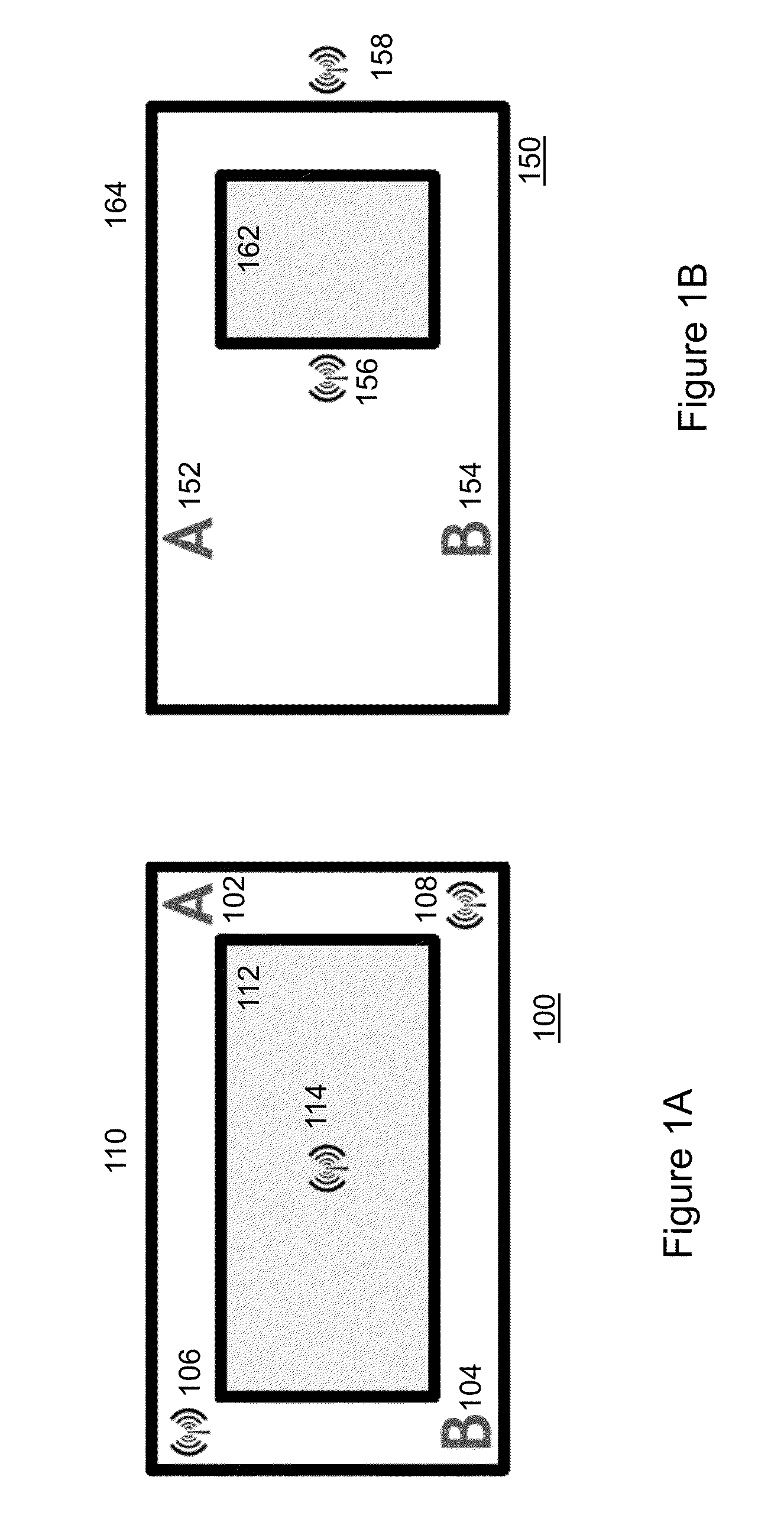Method and System for Signal-based Localization
a signal-based localization and signal technology, applied in the field of localization and mapping, can solve the problems of not scaling computationally to large sets of data, limiting the applicability of signal-rich environments, etc., and achieves the effects of improving the scalability of modern signal strength slam, improving runtime complexity, and simplifying the problem
- Summary
- Abstract
- Description
- Claims
- Application Information
AI Technical Summary
Benefits of technology
Problems solved by technology
Method used
Image
Examples
Embodiment Construction
[0027]Among other things, the present invention relates to methods, techniques, and algorithms that are intended to be implemented in a digital computer system 100 such as generally shown in FIG. 5. Such a digital computer is well-known in the art and may include the following.
[0028]Computer system 500 may include at least one central processing unit 502 but may include many processors or processing cores. Computer system 500 may further include memory 504 in different forms such as RAM, ROM, hard disk, optical drives, and removable drives that may further include drive controllers and other hardware. Auxiliary storage 512 may also be include that can be similar to memory 504 but may be more remotely incorporated such as in a distributed computer system with distributed memory capabilities.
[0029]Computer system 500 may further include at least one output device 508 such as a display unit, video hardware, or other peripherals (e.g., printer). At least one input device 506 may also be...
PUM
 Login to View More
Login to View More Abstract
Description
Claims
Application Information
 Login to View More
Login to View More - R&D
- Intellectual Property
- Life Sciences
- Materials
- Tech Scout
- Unparalleled Data Quality
- Higher Quality Content
- 60% Fewer Hallucinations
Browse by: Latest US Patents, China's latest patents, Technical Efficacy Thesaurus, Application Domain, Technology Topic, Popular Technical Reports.
© 2025 PatSnap. All rights reserved.Legal|Privacy policy|Modern Slavery Act Transparency Statement|Sitemap|About US| Contact US: help@patsnap.com



